Raglan is a sleeve cut in which a part of the suit is cut out immediately with the shoulder part and sewn to the neck. The uniqueness of this cut is the open armhole and the absence of a seam, in place of which there is a dart or an upper seam. Today, the raglan sleeve, the pattern of which will be discussed below, is popular in a variety of clothing models, creating its own, incomparable color and style in the fashion of any modern trend.
The article will tell you in detail how to make a raglan sleeve pattern and sew it, what materials and tools you will need for this, and show the types and history of the origin of the cut.
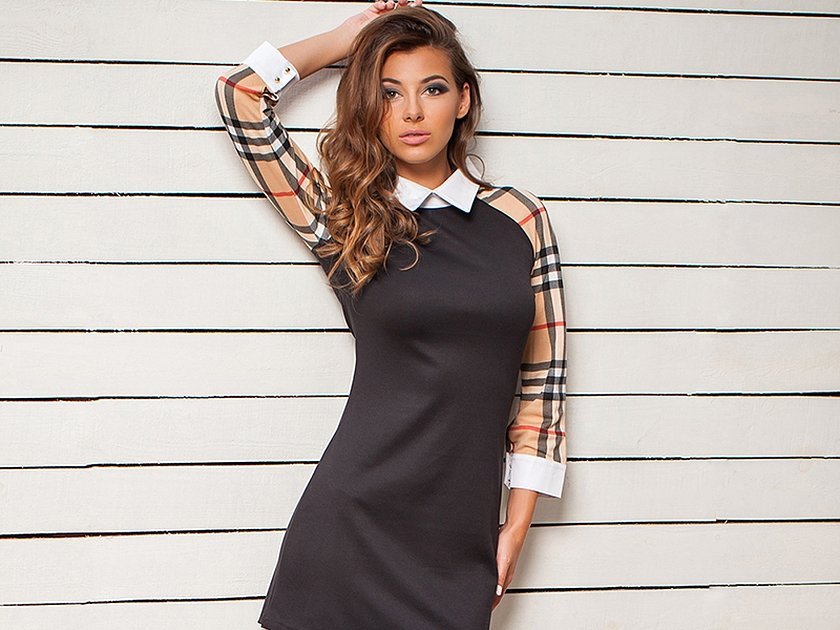
History of creation and modern use of raglan sleeves
There are two theories about the origin of the raglan sleeve. The first is that the cut was invented by order of Fitzroy James Henry Somerset Raglan, the British commander of the troops in the Crimea. In 1815, he lost his right arm at the Battle of Waterloo. To hide the defect, the best tailors in the United Kingdom developed a new sleeve cut for the baron.
According to another version, the raglan was invented by the British on the orders of the same British commander Raglan, but in this case he allegedly proposed a similar cut during the Crimean War to improve the waterproofness of outerwear in the shoulder area.
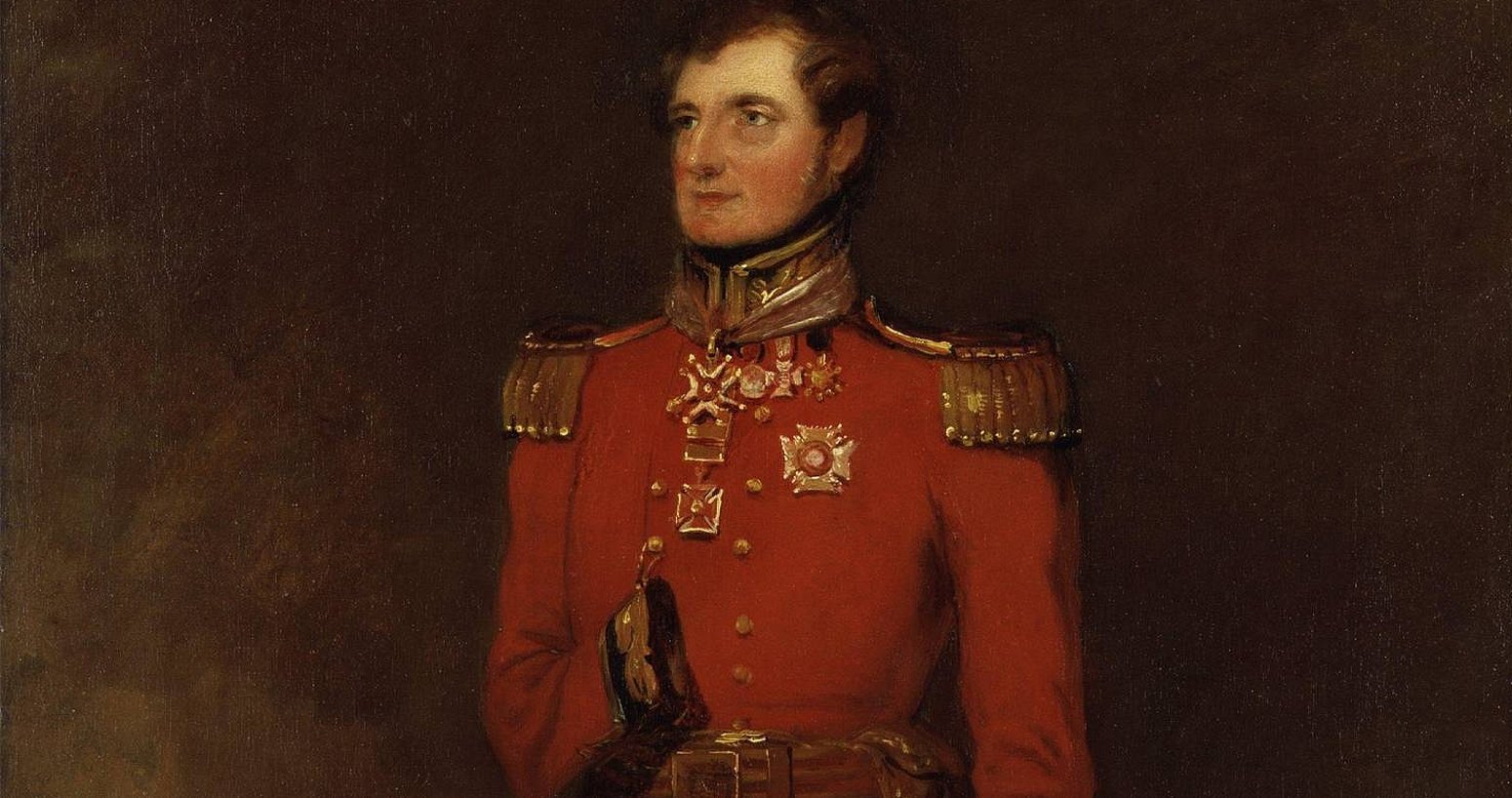
The first mentions of raglan appeared in English literature around 1862. A little earlier, in one of the paintings by the Russian artist Fyodor Solntsev, dated 1842, there is a portrait of a girl from the Tula province in an embroidered shirt with raglan sleeves.
Almost two centuries have passed since then, and when the word "raglan" is pronounced, it is not the famous British commander that comes to mind, but the cut with a shoulder section that smoothly flows into a sleeve that does not have a classic armhole where it would be sewn in. The peak of popularity for the cut came in the 90s.
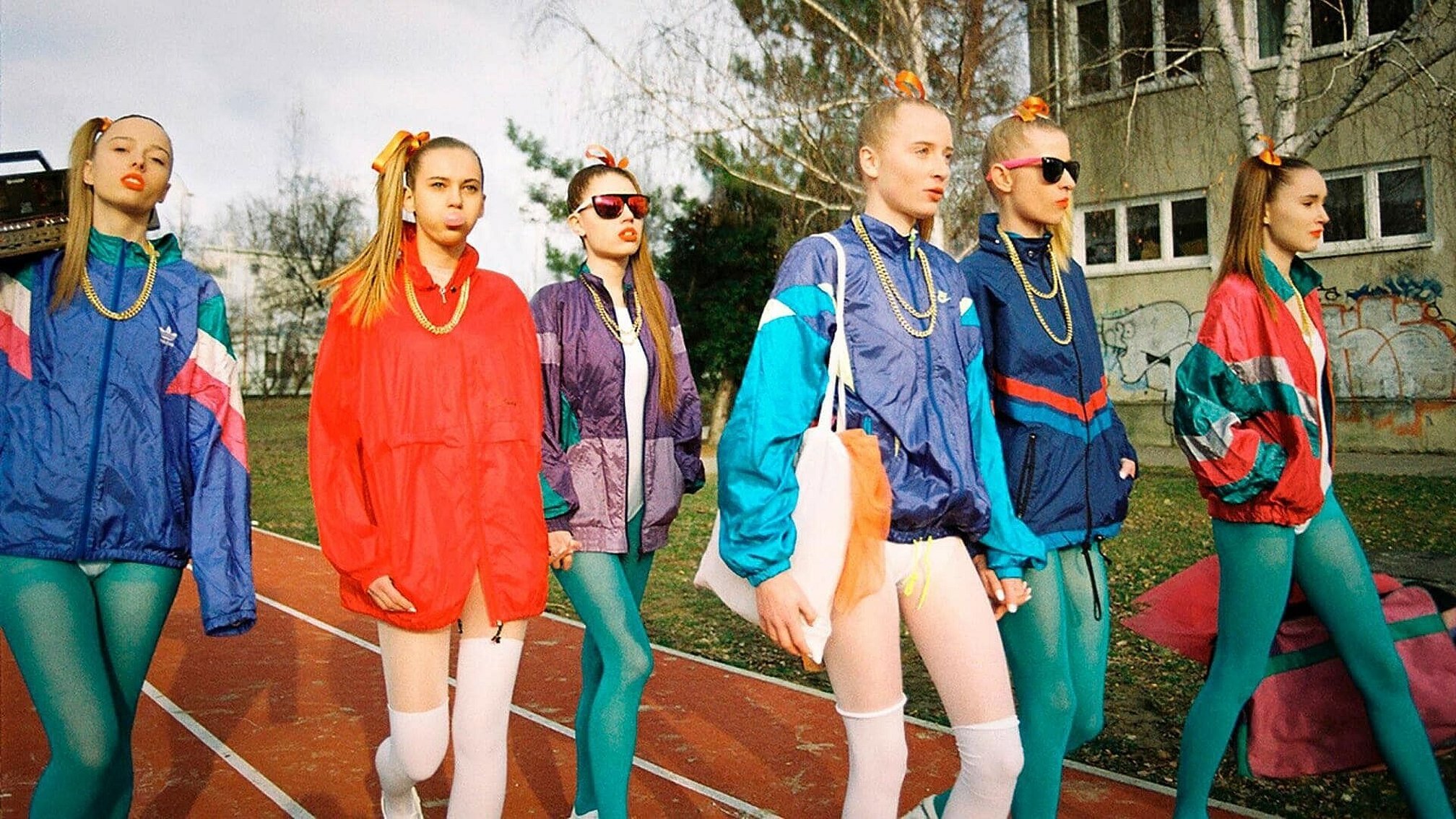
Today, the gathered cut continues to be used to create the following garments:
- dresses;
- coat;
- winter jackets;
- pullovers;
- sweater;
- T-shirts;
- blouses.
Stylists rightly consider this cut universal. It can be perfectly combined in 6 clothing styles:
- Futuristic style is a combination of unusual accessories and non-standard cut of products.
- Eclecticism is the borrowing of various elements that are not related to each other.
- Boho and ethnic style – with the help of cutting, dressmakers achieve the softness of lines that is characteristic of these styles.
- Unisex - a raglan neckline is often used.
- Romantic style – airy or soft cut emphasizes the tenderness of the image.
- Minimalism is a style that combines simplicity and variety of forms.
Raglan sleeve: what types exist
Experts in sewing and knitting products distinguish several classifications of this cut. Depending on where the armhole line is drawn (the cutout for the sleeve), there are 5 types:

- Zero - a line is drawn from the top of the front neckline to the top of the back neckline, smoothly descending downwards. The stripe fits tightly to the neckline.
- Semi-raglan - the armhole line runs from the middle of the shoulder line. There is a gap between the armhole and the neck in the shoulder area.
- Typical - the armhole line runs 15-50 mm below the points of the neckline peak, smoothly descending from top to bottom. The armhole line is interrupted by the neckline.
- Fantasy - the upper part of the armhole line can be of any shape, and the lower part - exactly like the set-in cut.
- Raglan shoulder strap – the line runs parallel to the shoulder, with a smooth transition into the armhole.
There are several varieties according to shape:
- Sheer armholes with a variety of cuts - a clear, close-fitting cut. The lower part can be classic or tapered.
- Soft – the depth of the armhole is significantly increased, and the height of the lower part is reduced.
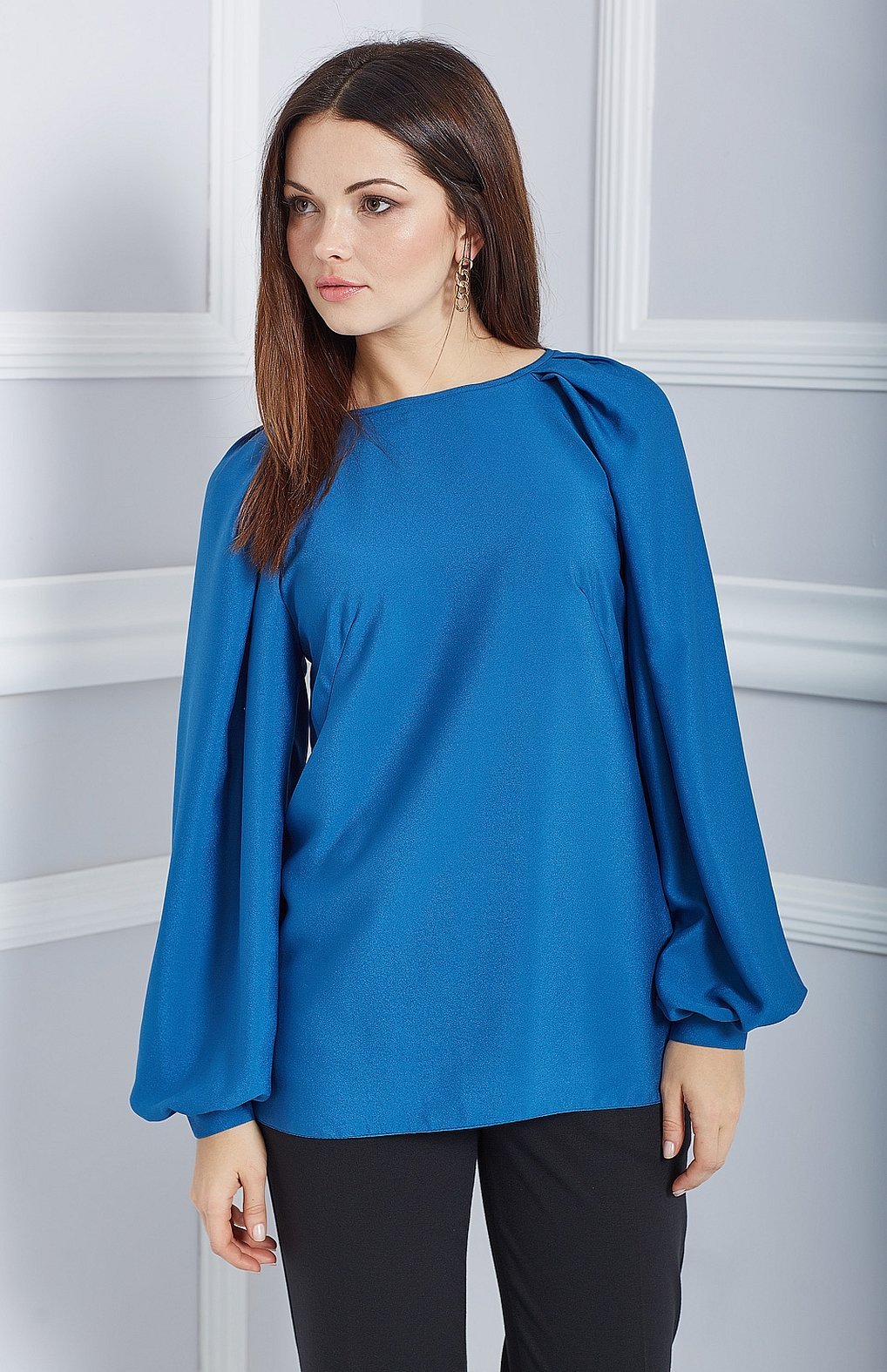
Based on the number of seams, raglan is usually divided into 3 types:
- One-seam.
- Two-seam.
- Three-seam.
What you need for a raglan sleeve
To construct a raglan sleeve, you need to know what you will need for the work. It will serve as the basis for sewing the product. From the materials for construction, you need to prepare:
- stapled A4 sheets, tracing paper or Whatman paper;
- scissors;
- ruler;
- basic pattern;
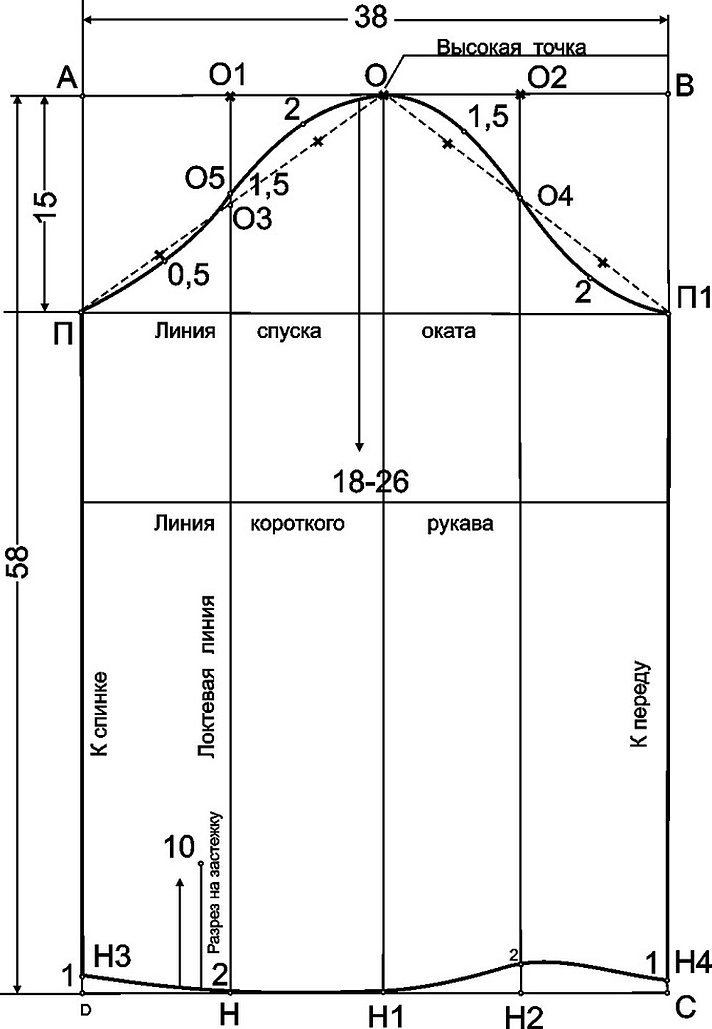
- pencil.
To sew the product, you also need fabric processed along the edges, threads, needles and pins.
Please note! The work area should be spacious and clear of any foreign objects so that cutting out the product is convenient.
How to sew a raglan sleeve: patterns
The easiest way to create a raglan is based on constructive modeling of a ready-made individual pattern-base of a shoulder garment and a one-seam sleeve. This option is suitable for both beginners and experienced craftswomen.
The step-by-step plan for creating a pattern for further sewing or knitting is completed in 11 stages:
- The patterns for the front and back are transferred onto paper.
- On the front pattern, the bust dart is transferred to the waist line and the neckline is modeled.
- On the armhole cut of the front and back, mark control points – P6 and P3.
- The red arrow marks the location of the shoulder cut on the patterns.

- In the middle of segments 1P6 and 2P3, a perpendicular 1 cm long is restored, and the line is smoothly raised to the height of the perpendicular.
- Cut with scissors along the shaded line.
- On the pattern, the sleeves are divided in half from the center point.
- Draw a dart 10 cm deep and 2 cm wide at the base.
- The dart is cut.
- Apply the pieces of the shelf and back from step 06 to the armhole.
- They glue them together.
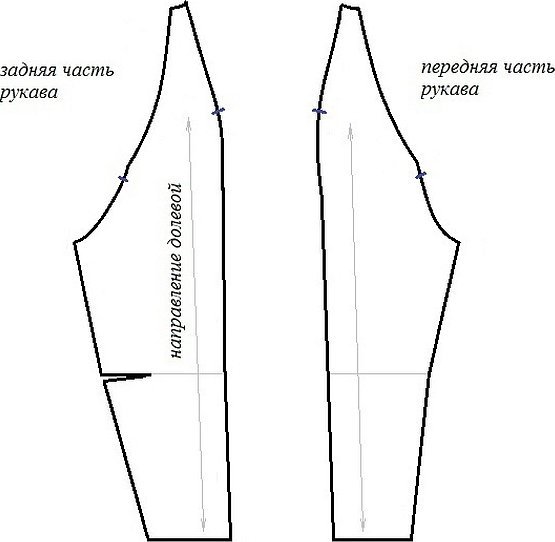
Please note! Finally, you can cut the raglan along the center line of the raglan - then these will be two sleeves with a seam.
It is not difficult to cut a raglan using a pattern:
- The finished cutting is transferred to the fabric and cut out.
- The front edge is connected to the front with the right sides facing each other and stitched.
- The back cut is made in a similar manner.
- The front part of the product is folded with the back, right sides facing each other.
- The raglan is folded lengthwise.
- Then make the side seam with a single stitch. It is best to use a sewing machine for this.

- If the raglan consists of two parts, the side seam of the garment and the bottom seam are sewn with one stitch.
- The seam allowances are ironed to the back.
Pattern of a dress with raglan sleeves
The creation of a pattern for a summer dress with a raglan sleeve for girls and women is structured as follows:
- First, a basic pattern for the dress is constructed based on the measurements taken.
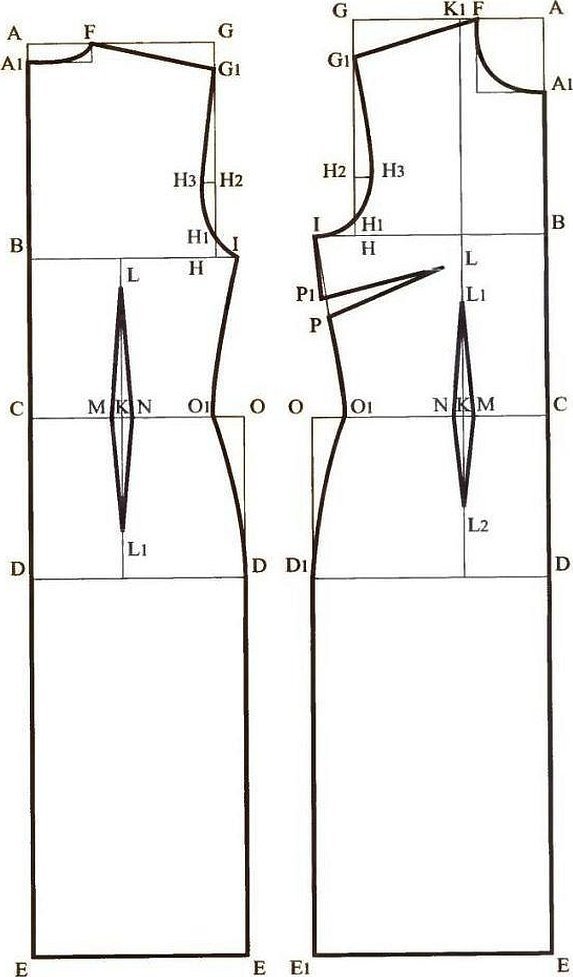
- Then transfer the front part of the dress onto paper separately, and the back of the dress separately.
- The sleeve is transferred to tracing paper in its entirety, and then cut in half vertically so that the cut runs exactly in the center from the highest point of the sleeve cap to the bottom.
- Place the front half of the sleeve on the front half of the dress, leaving a gap of 1.5 cm.
- The neck of the front of the garment is divided in half. From the resulting point, two smooth lines are drawn: one to the armhole, the second to the sleeve.
- The raglan for the back of the garment is modeled in a similar manner.
- The pattern of the front and back halves of the product is transferred onto paper along the modeling lines.
For your information! The size of the dress will depend on the measurements taken. It is possible to make both a women's and a children's dress.
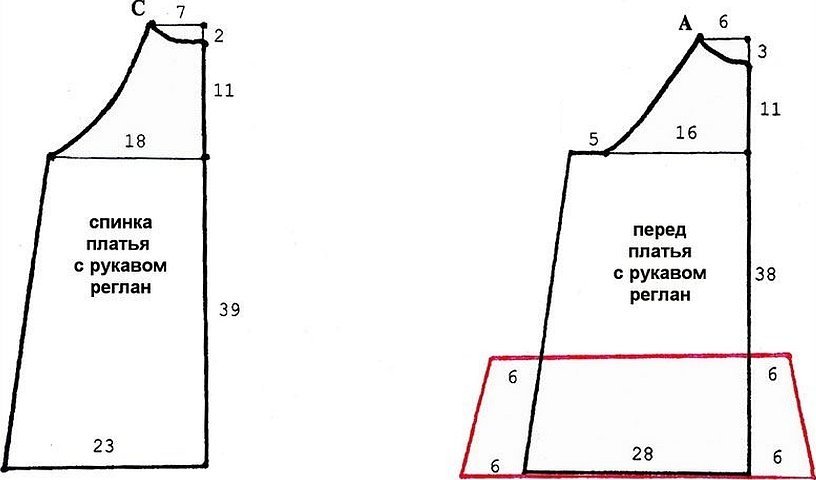
Please note! When cutting, it is essential to add 1–1.5 cm for seams and 3–4 cm for hemming the sleeves and hemming the bottom of the garment.
Next, to cut out a peasant-style dress using the pattern, you will need:
- knitted fabric;
- threads;
- sewing supplies;
- knitted threads for finishing.
The process of sewing a dress with raglan sleeves:
- Transfer the pattern onto the fabric, increasing the length of the product if desired.
- The sleeves are pinned together with the front piece.
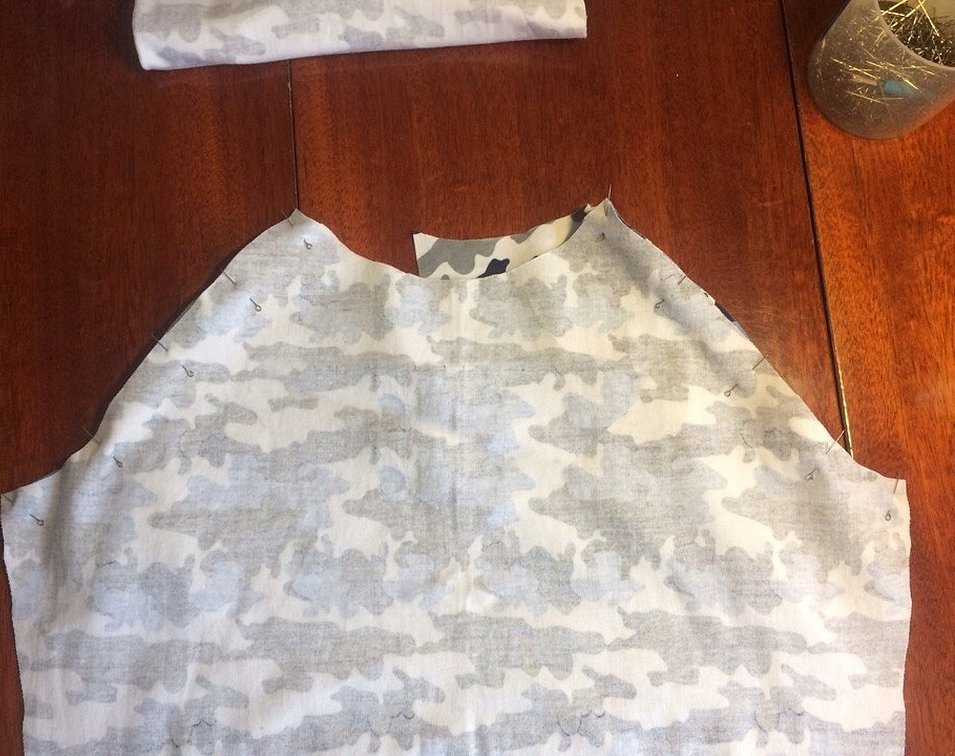
- Machine stitch one sleeve from the neck to the armhole, and the other in the opposite direction. Fold the gaps under.
- Secure the side seams with pins.
- They are stitched on overlocks. In this case, the 1st seam is made in the direction from the sleeve to the lower edge of the dress, the 2nd seam is made in the opposite direction.
- Cut out the elastic for the trim, stitch the pieces along the short sides using an overlock.
- Fold the elastic and sleeve pieces.
- Pinned with pins. The gaps are folded to the back side.
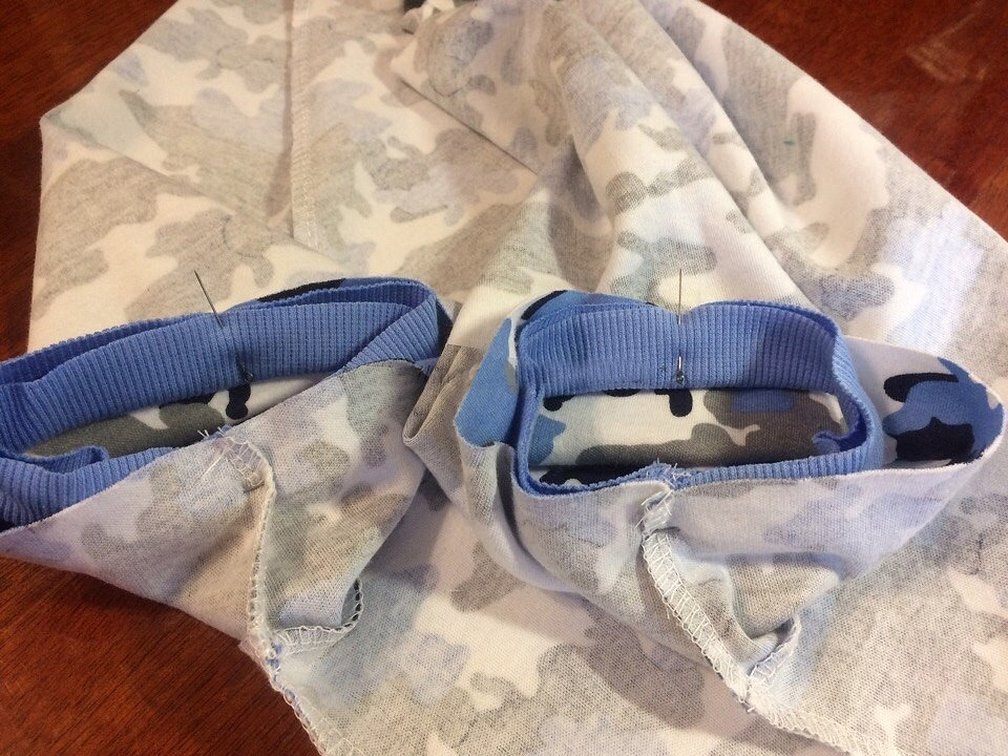
- Sew 2 pieces together.
- On the neckline, mark control points for the elastic band with pins.
- Cut out the facing piece from the elastic.
- They sew it into a ring.
- Fold the elastic band with the neckline cuts.
- Sewn on an overlock machine.
- The edges of the dress are being processed.
- The sleeves are finished with a decorative stitch.
- Iron the seams.
Pattern of a knitted sweater with raglan sleeves
To make a raglan sleeve sweater from knitwear, you will need a basic dress pattern with a dart and a sleeve pattern (how to model it is described in detail above). The details of the two patterns are copied onto paper and connected along the lines. The back and front of the sweatshirt are also transferred.

When cutting, it is necessary to add seam allowances on all sides of 0.7 cm. It is recommended to sew this model with a four-thread overlock stitch.
The process of sewing a knitted sweater with a raglan sleeve is carried out according to the same principle as a dress.
Raglan sleeves can be considered universal and, depending on their type, suitable for all figures and ages without exception, even for children.
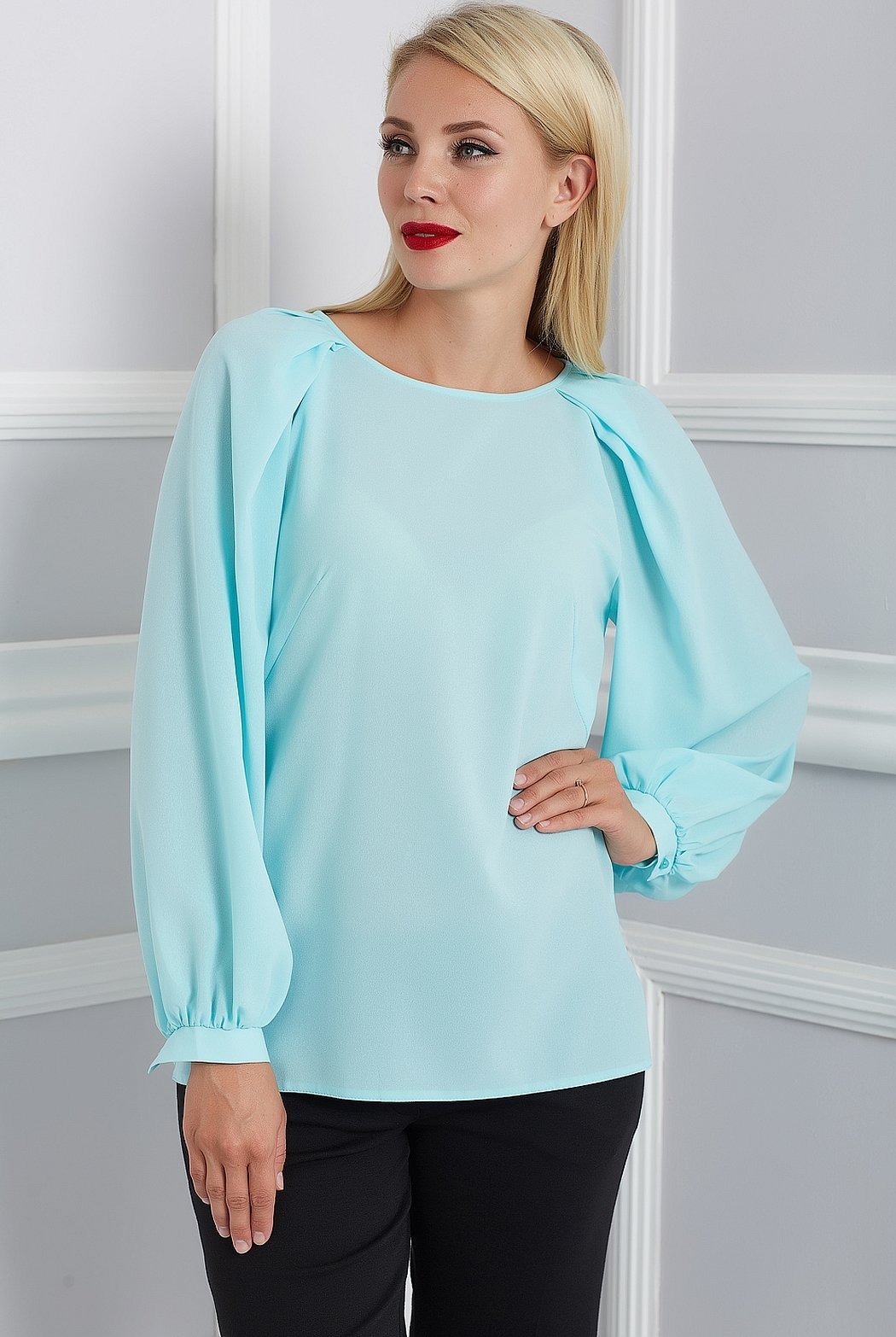
Making a pattern for a garment with such a sleeve will not be difficult even for a novice dressmaker. That is why at least one item with raglan sleeves should be in every woman's wardrobe.




